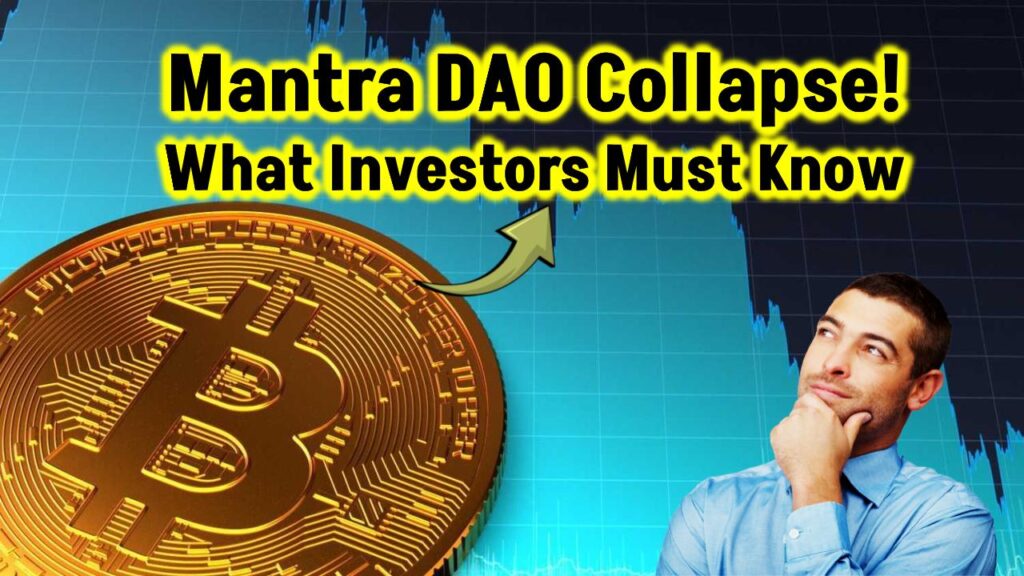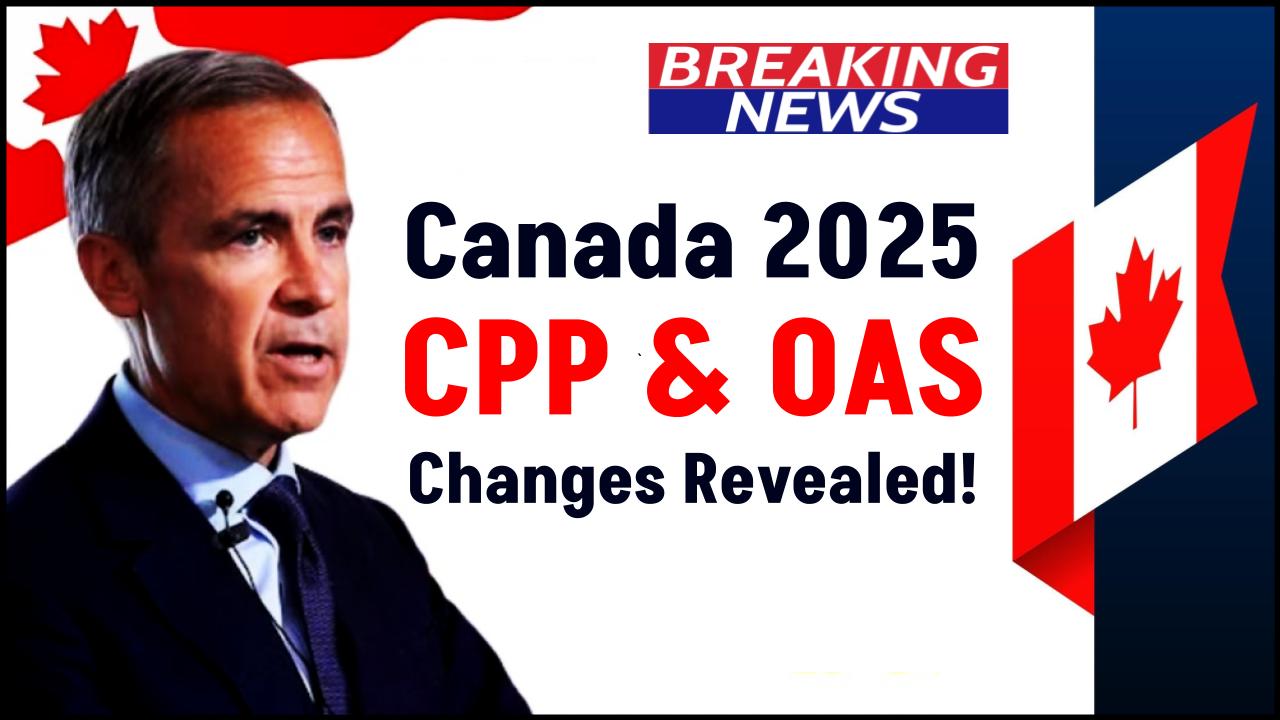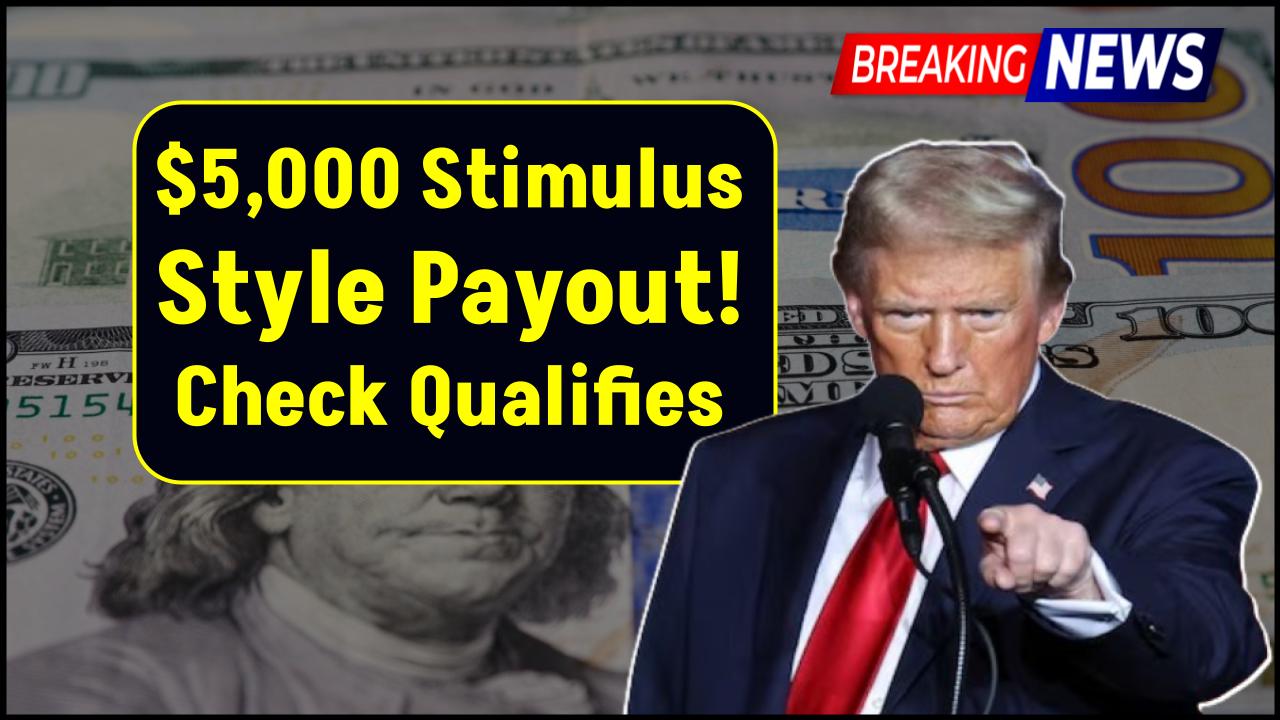Mantra’s Meteoric Rise and Fall: The collapse of Mantra’s OM token is making headlines across the crypto world, serving as a stark warning to both seasoned traders and everyday investors. Once a rapidly rising star in the decentralized finance (DeFi) ecosystem, Mantra’s value fell off a cliff in April 2025, wiping out billions of dollars in market capitalization almost overnight.
Whether you’re a curious observer or someone holding digital assets, understanding what happened with Mantra can teach you critical lessons about crypto investing, risk management, and the importance of transparency in blockchain projects.

Mantra’s Meteoric Rise and Fall
| Topic | Details |
|---|---|
| Project Name | Mantra DAO (OM Token) |
| Launch Date | August 2020 |
| All-Time High | $9.01 (February 2025) |
| Crash Date | April 13, 2025 |
| Price Fall | From ~$6.30 to ~$0.50 (over 90% drop) |
| Market Cap Wipeout | More than $6 Billion |
| Key Cause (per founder) | Forced liquidations by centralized exchanges |
| Concerns Raised | Insider control, lack of decentralization |
| Official Site | https://mantrachain.io |
The Mantra OM token collapse is more than just a financial loss—it’s a wake-up call for the crypto community. Whether you’re new to investing or a blockchain veteran, this incident reinforces the importance of transparency, decentralization, and investor protection in the volatile world of crypto.
As the crypto landscape continues to evolve, staying informed and cautious can help you avoid being caught in the next big downfall.
The Rise of Mantra (OM)
Mantra DAO entered the crypto scene in August 2020 with a bold mission: to become a one-stop-shop for DeFi services—offering staking, lending, and governance through a decentralized platform.
The OM token quickly gained popularity due to:
- A well-designed rewards system for users,
- Strategic marketing and partnerships,
- Growing enthusiasm in the DeFi space.
In February 2025, OM hit its all-time high of $9.01, largely due to:
- News of a $1 billion tokenization deal with Dubai-based DAMAC Properties, and
- Mantra’s announcement of expanding to Real World Asset (RWA) tokenization.
Investors who had entered early saw tremendous returns, and OM was hailed as one of the top DeFi performers of 2025.
The Sudden Collapse
On April 13, 2025, the celebration came to a screeching halt. In a matter of hours, OM’s price crashed from about $6.30 to below $0.50, a drop of over 90%.
The total market cap of OM dropped by over $6 billion, leaving investors stunned. The sharp and unexpected fall led many to question: What exactly went wrong?
What Caused the Crash?
Several contributing factors have come to light, pointing to a combination of technical triggers, governance flaws, and potential insider activity.
1. Forced Liquidations on Centralized Exchanges
John Patrick Mullin, co-founder of Mantra, publicly blamed the crash on “reckless forced closures” by centralized exchanges (CEXs). These platforms allegedly began liquidating OM holdings at scale, triggering a domino effect of sell orders and margin calls.
2. Suspicious Wallet Movements
Just days before the crash, Lookonchain, a blockchain analytics platform, reported that 17 wallets transferred over 43.6 million OM tokens (worth ~$227 million) to exchanges.
- Two wallets were initially believed to be connected to Laser Digital, a strategic investor.
- However, Laser Digital denied involvement in any sell-off activity.
Such large transfers ahead of a price crash raise red flags about potential insider trading or poor liquidity management.
3. Concerns Over Centralized Control
Critics also highlighted that a large portion of OM tokens were controlled by insiders or strategic partners, undermining the project’s claim of being decentralized.
Projects with centralized control of tokens are vulnerable to manipulation and rapid collapses—especially when key holders decide to exit positions.
Investor Reactions and Community Backlash
The crypto community has responded with a mix of:
- Outrage from retail investors who lost substantial amounts,
- Demands for regulatory scrutiny, and
- Calls for better transparency from crypto projects going forward.
On platforms like Reddit and X (formerly Twitter), traders shared their losses and frustration, while analysts warned that more projects could face similar fates if the current trend of poor governance continues.
Lessons for Crypto Investors
The Mantra DAO collapse may be painful, but it offers valuable takeaways for both new and experienced investors.
1. Don’t Ignore Token Distribution
Before investing, check:
- Who holds the tokens?
- Is it heavily concentrated in a few wallets?
- Are those wallets linked to founders or early investors?
Transparent projects make their token omics public and easy to audit.
2. Centralized Exchanges Carry Risks
Even in the DeFi world, centralized exchanges (CEXs) still play a big role in liquidity. But if they start triggering liquidations or halting withdrawals, your tokens are at their mercy.
Consider diversifying your holdings across decentralized platforms or cold wallets.
3. Conduct Due Diligence
Always do your own research (DYOR) before investing. Look into:
- Project whitepapers,
- Audit reports,
- Leadership transparency,
- Governance models, and
- Community sentiment.
4. Diversify and Set Limits
Never go all-in on one token—even if it’s trending. Set stop-losses, diversify your portfolio, and avoid emotional investing during hype cycles.
What’s Next for Mantra DAO?
Despite the crash, the Mantra team has not abandoned the project. They’ve issued statements promising:
- Investigations into wallet activity,
- Greater transparency,
- Potential relaunch of OM under revised tokenomics.
But the road to rebuilding trust will be long and difficult.
Investors are watching closely to see whether Mantra can reinvent itself or fade away like many other fallen crypto ventures.
Beyond Books: The Thrill of Cultural Fests and Leadership Bootcamps at Eminent Institute
FAQs on Mantra’s Meteoric Rise and Fall
Q1. What is Mantra DAO?
Mantra DAO is a DeFi platform that offers staking, lending, and governance features. Its native token, OM, was used for participation and rewards within the ecosystem.
Q2. Why did OM token crash in April 2025?
The crash was reportedly caused by forced liquidations by centralized exchanges, large token movements before the crash, and concerns about centralized control of token supply.
Q3. Is OM still a good investment?
After a 90% drop, OM is in a recovery phase. It’s considered high-risk, and potential investors should wait for clear restructuring plans and increased transparency.
Q4. How can I avoid similar losses in crypto?
Conduct thorough research, diversify your investments, avoid hype-driven buying, and monitor token distribution and platform governance closely.
Q5. What platforms can I use to track suspicious wallet activity?
Websites like Look on chain, Ether scan, and De Bank allow you to monitor on-chain activity and wallet behavior in real time.





